Designing a Static Analysis Tool for Elm
Jeroen Engels
@jfmengels



Elm Radio
elm-review
Creating guarantees
Communication
Reducing false positives
Ignoring reports
Trustworthy automatic fixes
Static Code Analysis Tools

Linting

Linting?
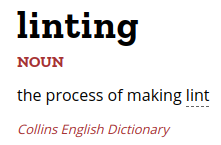
Linters are about
enforcing code style
Code formatters
module MyModule exposing (Model, Msg, update, view)
import Html exposing (Html, button, div, text)
import Html.Events exposing (onClick)
type alias Model =
{ count : Int }
type Msg
= Increment
| Decrement
update : Msg -> Model -> Model
update msg model =
case msg of
Increment ->
{ model | count = model.count + 1 }
Decrement ->
{ model | count = model.count - 1 }
view : Model -> Html Msg
view model =
div []
[ button [ onClick Increment ] [ text "+1" ]
, div [] [ text <| String.fromInt model.count ]
, button [ onClick Decrement ] [ text "-1" ]
]Creating guarantees
in a project
We have a great product,
it's working well and it never crashes.
But we have an inconsistent UI.
Let's improve that.
-- Page/Checkout.elm
viewConfirmButton : Html msg
viewConfirmButton =
Html.button
[ Attr.style "height" "35px"
, Events.onClick UserClickedOnConfirmButton
]
[ Html.text "Confirm" ]-- Page/Payment.elm
viewPayButton : Html msg
viewPayButton =
Html.button
[ Attr.style "height" "33px"
, Events.onClick UserClickedOnPayButton
]
[ Html.text "Pay" ]
module Ui.Button exposing (confirm, cancel, andSomeOtherButtons)
confirm : msg -> String -> Html msg
cancel : msg -> String -> Html msg-- Page/Checkout.elm
import Ui.Button as Button
viewConfirmButton : Html msg
viewConfirmButton =
Button.confirm UserClickedOnConfirmButton "Confirm"-- Page/Payment.elm
import Ui.Button as Button
viewPayButton : Html msg
viewPayButton =
Button.confirm UserClickedOnPayButton "Pay""We now have great modules for every UI element.
Now we are sure to have a consistent UI across the application."
New pull request comes in...
view : Model -> Html Msg
view model =
Html.button
[ Attr.style "height" "34px"
, Events.onClick UserClickedOnRemoveButton
]
[ Html.text "Remove" ]How do we prevent this from happening?
Types...? Tests...?
view : Model -> Html Msg
view model =
Html.button
[ Attr.style "height" "34px"
, Events.onClick UserClickedOnRemoveButton
]
[ Html.text "Remove" ]If you can detect the problem just by reading the code, static code analysis can help.
We need a linter
with custom rules
Writing a
Static Code Analysis Rule
Written in Elm, for Elm
-
Every Elm developer knows Elm
-
No runtime errors
Abstract Syntax Trees
(a + b) / 2Integer 2OperatorApplication
operator +FunctionOrValue aOperatorApplication
operator /FunctionOrValue bParenthesizedExpression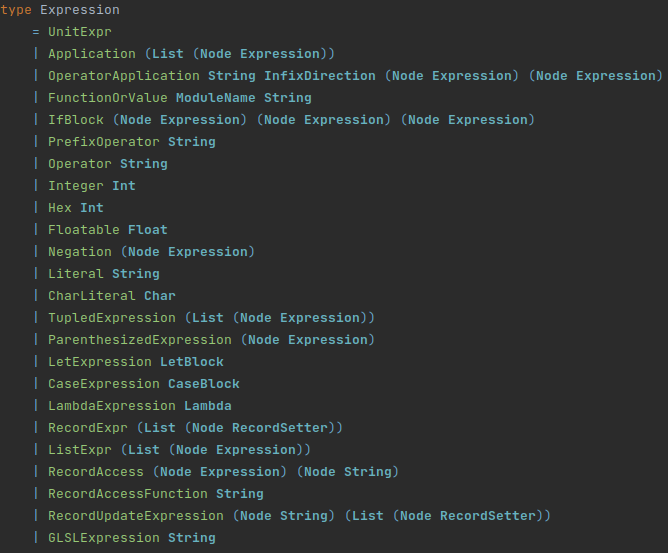
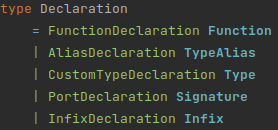
rule : Rule
rule =
Rule.newSchema "NoUsingHtmlButton" ()
|> Rule.withExpressionVisitor expressionVisitor
|> Rule.fromSchema
expressionVisitor : Node Expression -> Context -> ( List Error, Context )
expressionVisitor node context =
case Node.value node of
Expression.FunctionOrValue [ "Html" ] "button" ->
( [ -- Report an error
]
, context
)
_ ->
( [], context )expressionVisitor : Node Expression -> Context -> ( List Error, Context )
expressionVisitor node context =
case Node.value node of
Expression.FunctionOrValue [ "Html" ] "button" ->
( [ Rule.error
"Do not use Html.button"
(Node.range node)
]
, context
)
_ ->
( [], context )Rule name
Source
code extract
Message
File path

Are we getting the
message across?
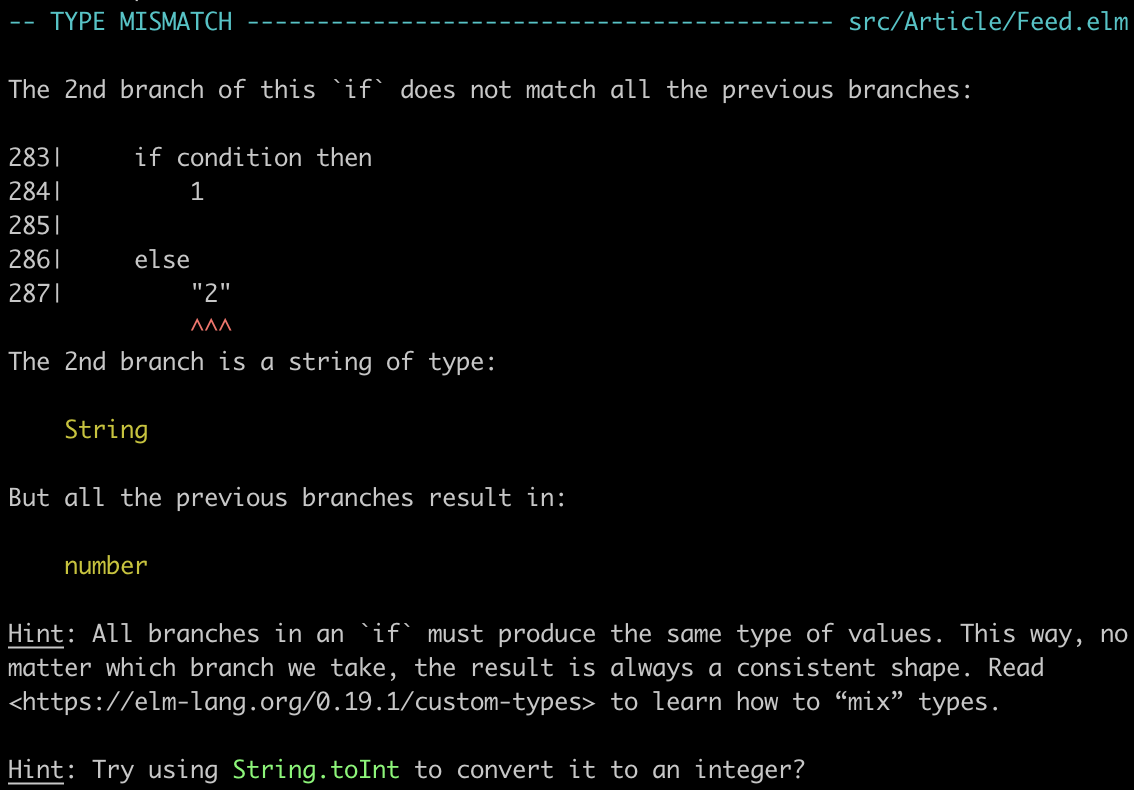
Developers need to understand
-
What they did wrong
-
Why it is a problem
-
How to move forward
expressionVisitor : Node Expression -> Context -> ( List Error, Context )
expressionVisitor node context =
case Node.value node of
Expression.FunctionOrValue [ "Html" ] "button" ->
( [ Rule.error
"Use Ui.Button instead of the native Html.button"
(Node.range node)
]
, context
)
_ ->
( [], context )expressionVisitor : Node Expression -> Context -> ( List Error, Context )
expressionVisitor node context =
case Node.value node of
Expression.FunctionOrValue [ "Html" ] "button" ->
( [ Rule.error
{ message = "Use Ui.Button instead of the native Html.button"
, details =
[ "At fruits.com, we try to have a consistent UI across the application, and one of the ways we do that is by having a single nice module to create buttons, named Ui.Button."
, "Here, you defined a button using `Html.button` or `Html.Styled.Button`, which is likely not to have the consistent UI we aim for or some of the guarantees we created around our buttons."
, "Instead, you should use the Ui.Button module. I suggest reading the documentation in that module, but here is what it would kind of look like: ..."
]
}
(Node.range node)
]
, context
)
_ ->
( [], context )Context
Problem
Suggestion
Example
Rule name
Source
code extract
Message
File path
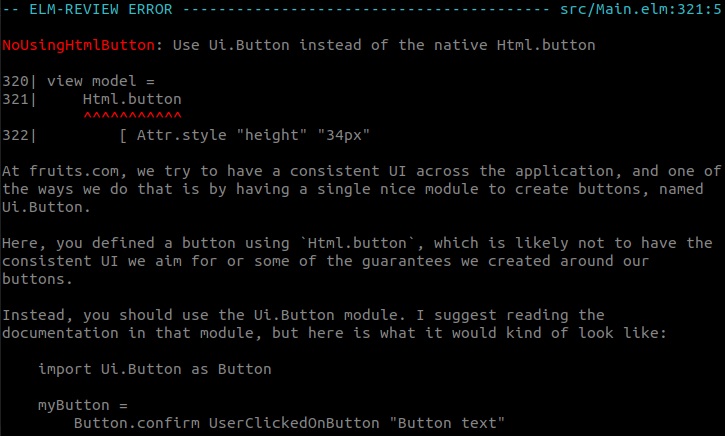

Not understanding reports leads to workarounds
view : Model -> Html Msg
view model =
-- elm-review-disable-next-line
Html.button
[ Attr.style "height" "34px"
, Events.onClick UserClickedOnRemoveButton
]
[ Html.text "Remove" ]Developers need to trust their tools
False positives
False negatives
Linters report lots of
false positives
Missing information
Presumptions
False positives/negatives
Providing information
-
Type information
-
Dependencies
-
Project manifest, README
-
Collecting data while traversing
False positive in
Ui.Button
type alias Context =
{ isUiButtonModule : Bool }
rule : Rule
rule =
Rule.newSchema "NoUnusedDeclarations" { isUiButtonModule = False }
-- visitors...
|> Rule.withModuleDefinitionVisitor moduleDefinitionVisitor
|> Rule.fromSchema
moduleDefinitionVisitor : Node Module -> Context -> ( List Error, Context )
moduleDefinitionVisitor (Node _ { moduleName }) context =
( [], { isUiButtonModule = (moduleName == "Ui.Button") } )module Ui.Button exposing (confirm, cancel, andSomeOtherButtons)expressionVisitor : Node Expression -> Context -> ( List Error, Context )
expressionVisitor node context =
case Node.value node of
Expression.FunctionOrValue [ "Html" ] "button" ->
if not context.isUiButtonModule then
( [ Rule.error {- ... -} ]
, context
)
else
( [], context )
_ ->
( [], context )Gathering context from multiple files
module A exposing (used, neverUsed)
used =
"some thing"
neverUsed =
"other thing"module B exposing (thing)
import A
thing =
A.used ++ " is exposed"Report unused exports
What can you deduce from the target language?
Elm is knowable
No dynamic function calls
Functions always return the same type
No side-effects
No mutations
No macros
...
No memory management
No race conditions
...
No disable comments
Elm is knowable
Better understanding of the code
Almost no false positives
Ignoring reports
Indeterminate rules
Generated/vendored code
Ignoring rules
config : List Rule
config =
[ NoUnused.Variables.rule
, NoDebug.Log.rule
]
|> Rule.ignoreErrorsForDirectories [ "src-generated/", "src-vendor/" ]Allow existing errors
Deprecating a function
{-| Does something.
@deprecated Use someBetterFunction which does it better.
-}
someFunction input =
-- do something with inputDeprecating a function

Ignoring per file
config : List Rule
config =
[ NoDeprecated.rule
|> Rule.ignoreErrorsForFiles
[ "src/Api.elm"
, -- ...and other files
]
]Suppressing errors
{
"version": 1,
"automatically created by": "elm-review suppress",
"learn more": "elm-review suppress --help",
"suppressions": [
{ "count": 7, "filePath": "src/Api.elm" }
]
}
review/suppressed/NoDeprecated.json
Deprecating code

Deprecating code
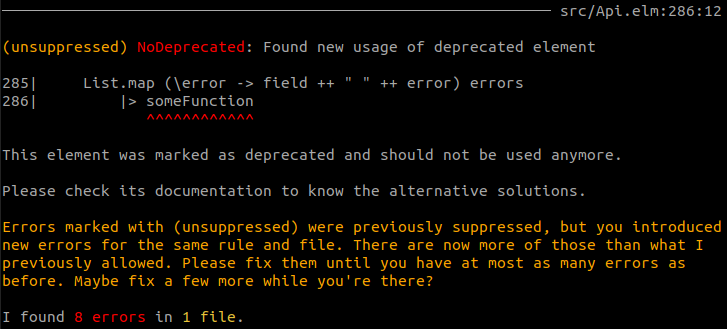
Deprecating code

Automatic fixes
Automatic fixes
🤬
code style
Automatic fixes
❤️
code formatters
Fixes should be trustworthy
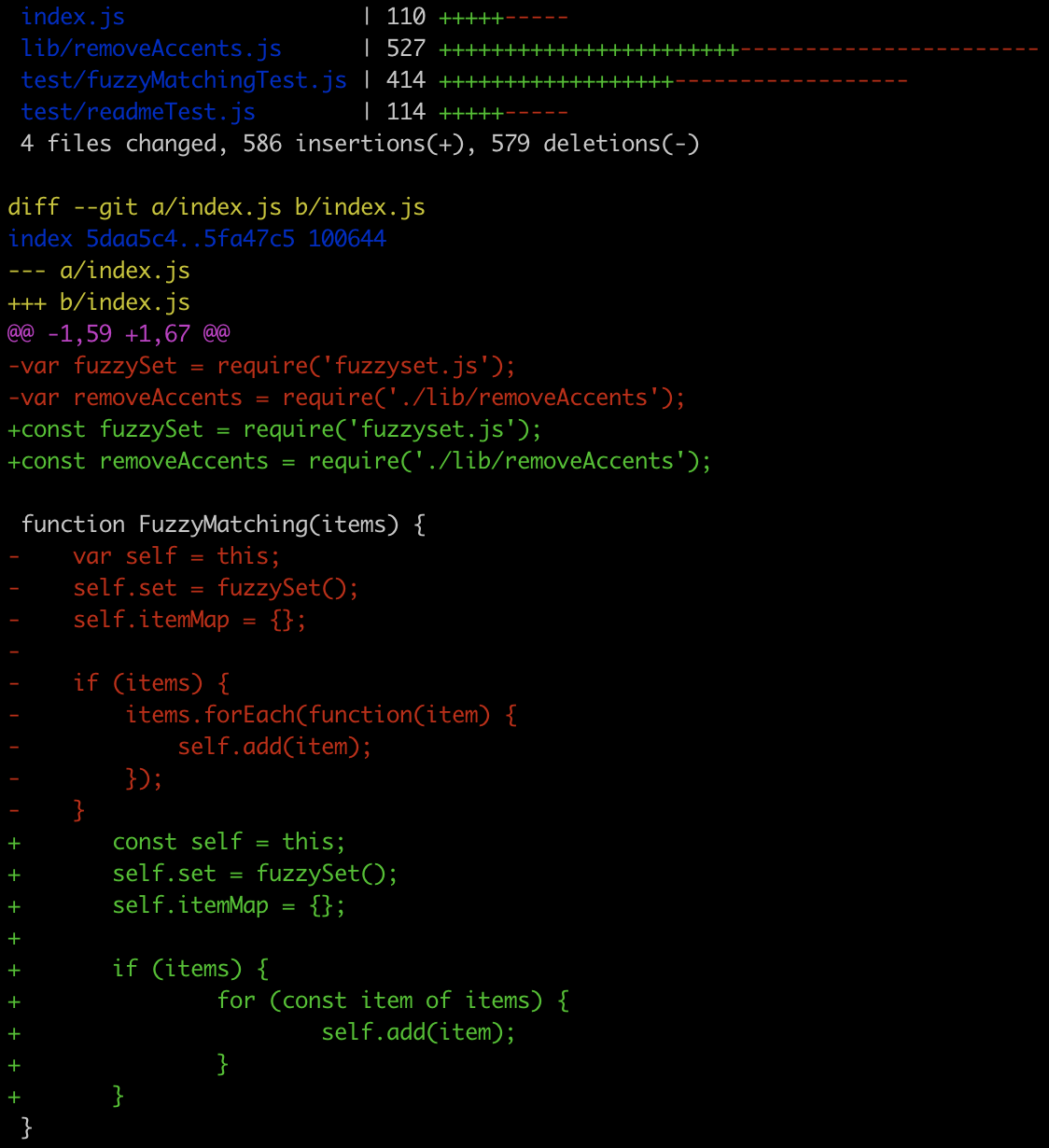
Prompt for fixes

Use static analysis tools to create guarantees
Communication
-
What is the problem?
-
Why is it a problem?
-
How to solve the problem?
Remove false positives
by providing information
Simpler and knowable
languages allow better analysis
Better alternatives than
disable comments
to ensure rules are enforced
Tools can create trust
by reporting real problems and presenting them well
Thank you!
Jeroen Engels
@jfmengels


Elm Radio
Designing a Static Analysis Tool for Elm
By Jeroen Engels
Designing a Static Analysis Tool for Elm
Talk for GOTO Aarhus 2022
- 459


